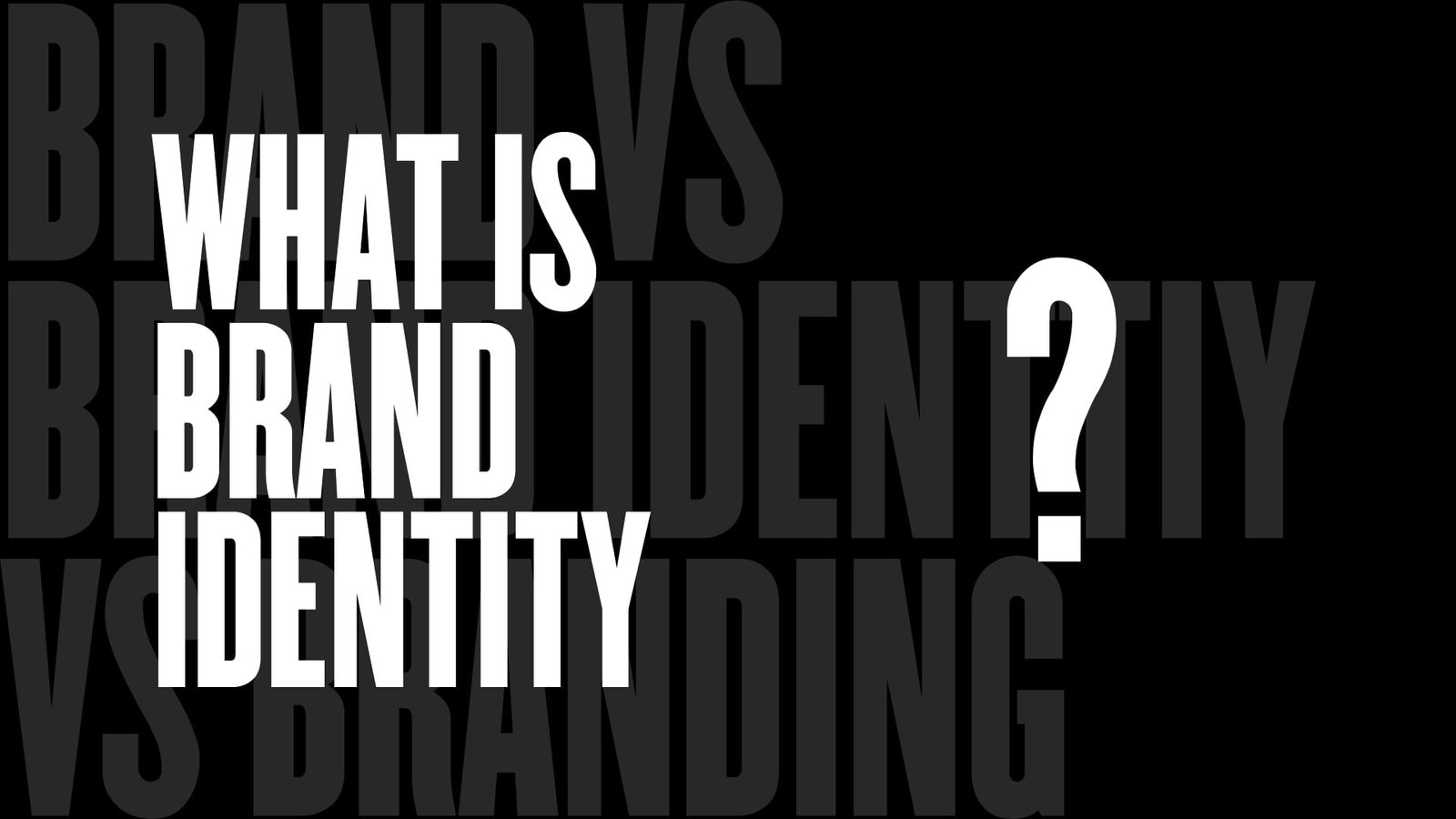Design
The Ultimate Guide to Brand Identity: Importance, Elements, and Strategies
10.02.2025
By shaikh asif

Design
10.02.2025
By shaikh asif
In a world where first impressions are everything, a strong brand identity can be the deciding factor between success and obscurity. As Marty Neumeier eloquently outlines in his seminal book, The Brand Gap, a cohesive and compelling brand identity not only differentiates your business from competitors but also forges an emotional connection with your audience. At Alitestar, we specialize in crafting premium logo designs, comprehensive brand guidelines, and robust branding strategies that elevate businesses to new heights. Let's delve into what brand identity is, why it's essential, and how you can create a powerful brand identity for your business.
According to Marty Neumeier, brand identity encompasses the visible elements of a brand, such as color, design, and logo, that identify and distinguish the brand in consumers' minds. It's the outward expression of a brand – including its name, trademark, communications, and visual appearance – that conveys its essence. The key components of brand identity include:
Logo: The graphical representation of your brand.
Typography: The fonts and typefaces that convey your brand’s tone.
Color Palette: The specific set of colors that evoke the desired emotions and associations.
Design Style: The overall look and feel of your brand's visual elements.
Brand Guidelines: The rules and standards for maintaining brand consistency.
Consistency across these elements is crucial as it ensures that your brand is easily recognizable and memorable.

A well-defined brand identity is a powerful tool for building trust and credibility with your audience. Here’s why it matters:
Trust and Credibility: A consistent and professional brand identity reassures customers of your reliability.
Differentiation: In a crowded marketplace, a unique brand identity sets you apart from competitors.
Emotional Connection: A strong brand identity resonates with your audience on an emotional level, fostering loyalty.
Business Growth: Research shows that a cohesive brand identity can significantly impact your bottom line. For example, consistent branding has been seen to increase revenue by up to 23%.

Understanding the psychology behind brand identity can give you deeper insights into why it is so effective. Human brains are wired to recognize patterns and assign meaning to visual cues. When your brand identity is consistent, it creates a reliable pattern that consumers can recognize and trust. This psychological comfort leads to increased brand loyalty and customer retention.
Creating a compelling brand identity involves a strategic and systematic approach:
Step 1: Research and Understand Your Audience
Start by conducting thorough market research to understand your target audience's needs, preferences, and behaviors. Analyze your competitors to identify gaps and opportunities. This foundational step ensures that your brand identity will resonate with your audience. At Alitestar, we conduct a comprehensive brand strategy to understand the business objectives and market research in order to differentiate from the competitors.Surveys and Focus Groups: Conduct surveys and focus groups to gather direct feedback from your target audience.
Step 2: Define Your Brand’s Core Elements
Competitive Analysis: Study your competitors' brand identities to identify what works and what doesn’t.
Mission and Vision: Clearly articulate your brand’s purpose and long-term goals.
Values and Personality: Define the principles that guide your brand and the traits that personify it.
Unique Value Proposition: Highlight what sets your brand apart and why customers should choose you.
Crafting these elements involves deep introspection and alignment with your business goals and culture.
Logo Design: Create a logo that is simple, memorable, and reflective of your brand’s essence. Consider hiring professional designers, like our team at Alitestar, to ensure a high-quality result.
Typography and Color Palette: Choose fonts and colors that align with your brand’s personality and evoke the desired emotional response.
Design Style: Develop a cohesive visual style that is applied consistently across all brand materials.
Brand Guidelines: Establish comprehensive brand guidelines to maintain consistency and coherence in your brand’s presentation.
Step 4: Implement and Maintain Consistency
Ensure that your brand identity is consistently applied across all touchpoints, from your website and social media to marketing materials and customer interactions. Educate employees and stakeholders on the importance of adhering to brand guidelines. Regularly review and update your brand identity to stay relevant and aligned with your brand’s evolution.
A compelling brand identity is more than just visuals; it's about telling a story. According to Marty Neumeier, a brand is not what you say it is; it's what they say it is. Storytelling helps humanize your brand and makes it more relatable to your audience.
Brand Narrative: Develop a brand narrative that aligns with your mission and values. This narrative should be woven into all aspects of your branding.
Customer Stories: Use testimonials and case studies to showcase real-world applications and successes of your brand.
Technology plays a crucial role in creating and maintaining a strong brand identity. From design software to social media platforms, leveraging the right tools can enhance your branding efforts.
Design Software: Utilize advanced design tools like Adobe Creative Suite to create high-quality visuals.
Digital Asset Management: Use digital asset management systems to organize and distribute brand materials efficiently.
Social Media: Maintain a consistent brand identity across all social media platforms to reach a broader audience and engage with customers effectively.
It’s essential to measure the effectiveness of your brand identity to ensure it aligns with your business goals.
Brand Recognition: Conduct surveys to assess how well your audience recognizes your brand.
Customer Feedback: Gather feedback from customers to understand their perception of your brand.
Business Metrics: Monitor key business metrics such as sales, customer retention, and market share to gauge the impact of your brand identity.
To illustrate the power of a strong brand identity, consider these examples:
Apple: With its minimalist design, sleek typography, and iconic logo, Apple’s brand identity is instantly recognizable and evokes innovation and quality.
Coca-Cola: The consistent use of red and white, along with the distinctive script logo, makes Coca-Cola one of the most recognizable brands worldwide.
In today's competitive market, a strong brand identity is not just a nice-to-have; it's a must-have. By following the principles laid out by Marty Neumeier in The Brand Gap and implementing a well-crafted brand identity, your business can build trust, differentiate itself, and achieve sustainable growth. At Alitestar, we are committed to helping you create a brand identity that stands out and resonates with your audience. Contact us to learn more about our premium logo design, brand identity, and branding services.


Shaikh Asif is an Award-winning designer, director, strategist, and educator. He’s the Lead Strategic Brand Designer and Art Director of The Alitestar— a strategic branding and design agency that helps startups, ambitious CEOs, and passionate entrepreneurs to achieve success and ultimately create unforgettable brand experiences.